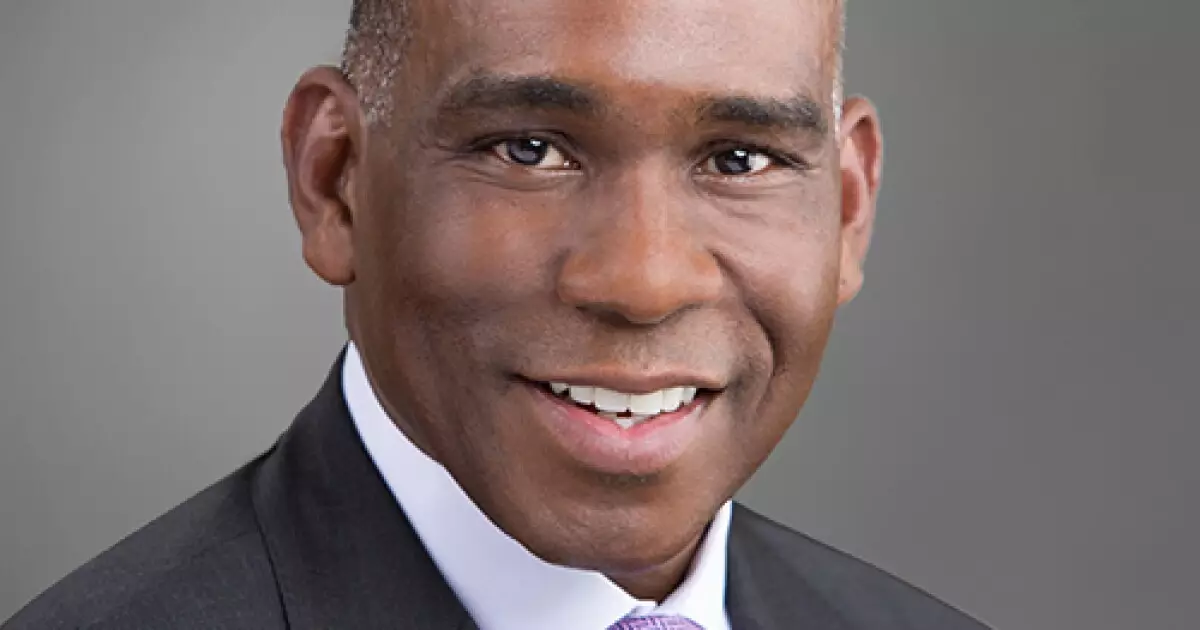In the wake of Citi’s departure from the municipal bond business in December, broker-dealer firms have been quick to step up in the primary market. Industry experts attending the Bond Buyer’s Southeast Public Finance conference in Florida noted the void left by Citi’s exit, emphasizing the need for other market participants to fill the gap. Ron Banaszek from Blaylock Van LLC highlighted Citi’s significant presence in the market, underscoring the challenge that remains for the remaining players. The primary market seems to be holding steady for now, but the true test will come when faced with market disruptions or events that could shake up the status quo.
Jerry Ford, president of Ford & Associates, Inc., shed light on conversations his firm has been having with muni fund portfolio managers across the country. The discussions revealed a clear divide between the primary and secondary markets in terms of risk-taking. While the primary market has seen several participants stepping up to compensate for Citi’s absence, the secondary market appears to be less willing to take on risk, especially post-Citi. This shift in market dynamics underscores the interconnectedness between the primary and secondary markets and highlights the importance of maintaining liquidity and stability across the board.
The municipal bond market is undergoing a period of transformation, converging towards other financial markets like corporate bonds. Rob Dailey from PNC Financial Services noted the growing emphasis on liquidity, pushing dealers to enhance their market participation. Gary Hall of Siebert Williams Shank & Co., LLC emphasized the link between a firm’s secondary market activities and its primary market activities. By bolstering their secondary trading capabilities, firms can better serve their primary market clients and adapt to changing market conditions. During the COVID pandemic, firms made strategic adjustments to accommodate the evolving needs of their clients, demonstrating the importance of flexibility and responsiveness in a volatile market environment.
Establishing strong ties with buyside clients has become increasingly crucial in the primary market arena. Industry experts like Hall stress the value of engaging with portfolio managers and analysts to gain valuable market intelligence. Understanding the preferences and risk tolerance of buyside clients can help firms tailor their offerings and secure better pricing for their deals. As market conditions continue to fluctuate, the ability to effectively communicate a compelling narrative to investors becomes paramount. Clear and transparent communication within syndicates and with investors can make a significant difference in achieving successful outcomes in a volatile market environment.
In addition to market dynamics, regulatory pressures are also shaping the municipal bond market landscape. The Securities and Exchange Commission’s efforts to standardize market practices are seen as a driving force behind market homogenization. As market participants navigate these regulatory changes and adapt to evolving market conditions, the importance of maintaining strong client relationships, enhancing trading capabilities, and effectively managing risks becomes increasingly vital. In an environment where market volatility is the new norm, firms must remain agile, responsive, and proactive in meeting the challenges of an ever-evolving market landscape.

